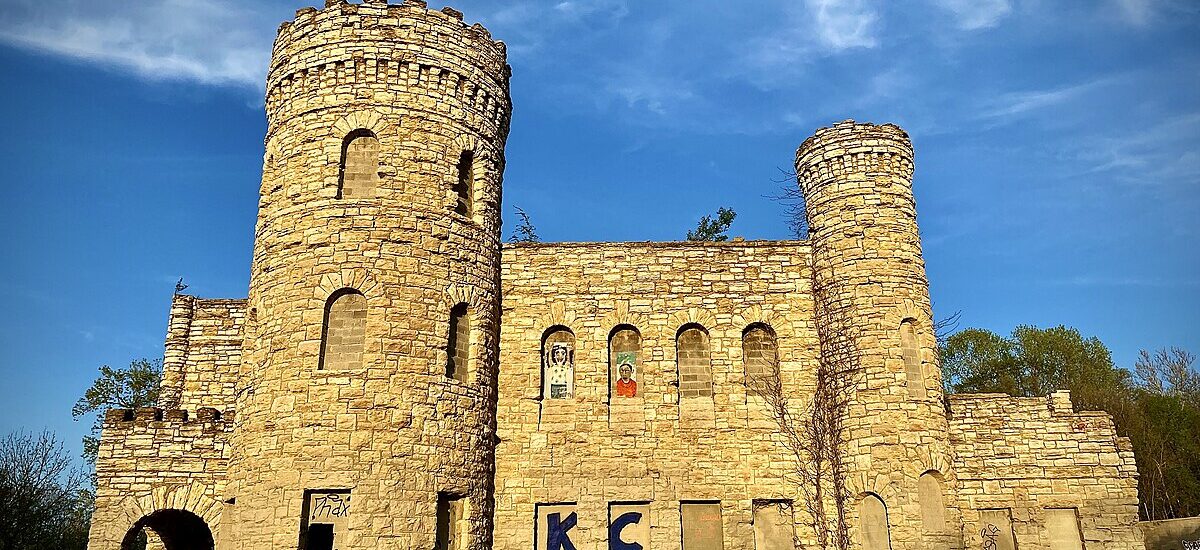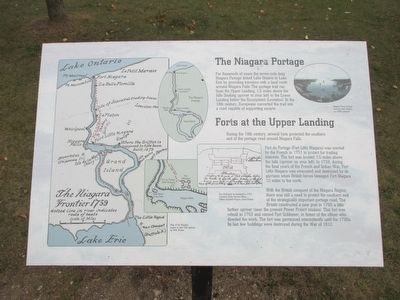Welcome to the Kansas City Workhouse, a striking Romanesque Revival structure that stands as a testament to the city’s complex history of social reform and architectural ambition. Constructed in 1897 for $25,700, this building, often referred to as the Workhouse Castle, was designed by architects A. Wallace Love and James Oliver Hogg. It was built using yellow limestone quarried by inmates of the previous city workhouse jail, located just across the street. Major Alfred Brant, the first superintendent, proudly called it ‘the best building Kansas City has.’
In the late 1800s, Kansas City was rapidly evolving. By 1890, the population had soared to over 132,000, a sharp increase from just a few thousand in the mid-1800s. This growth brought with it a rise in petty crime, necessitating facilities like the Workhouse to accommodate offenders. The Workhouse Castle was intended to be more than just a jail; it was a model of humanitarian housing and rehabilitation, reflecting the era’s reformist spirit.
However, the building’s use as a correctional facility was short-lived, ceasing in 1924 when operations moved to the new Leeds Farm. Over the decades, the Workhouse Castle served various purposes, including a city storage facility, a Marine training camp, and even a dog euthanasia center. It was abandoned in 1972, leaving it to the mercy of time and the elements.
In 2007, it was recognized for its historical significance and placed on the Kansas City Register of Historic Places. In 2014, a community-led project by Daniel and Ebony Edwards breathed temporary life into the dilapidated structure, clearing away 62 tons of trash and hosting community events, including their wedding. Their efforts were dubbed ‘Daniel and Ebony’s Modern Fairy Tale’ by the Kansas City Star, though long-term plans for the site have remained elusive.
Today, the Kansas City Workhouse stands as a poignant reminder of the city’s past, a symbol of both ambition and neglect. Its towering walls and storied past continue to attract attention and spur conversations about the preservation and revitalization of historic sites.



